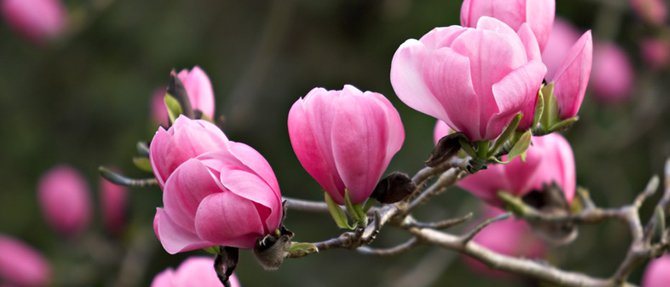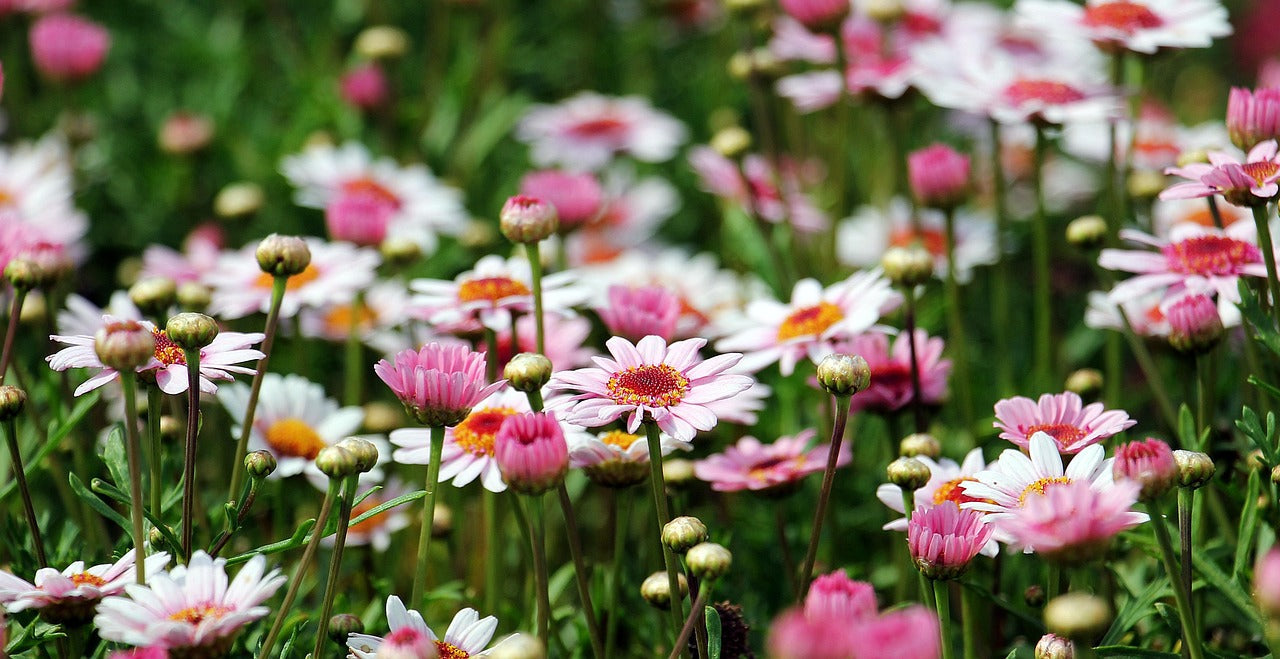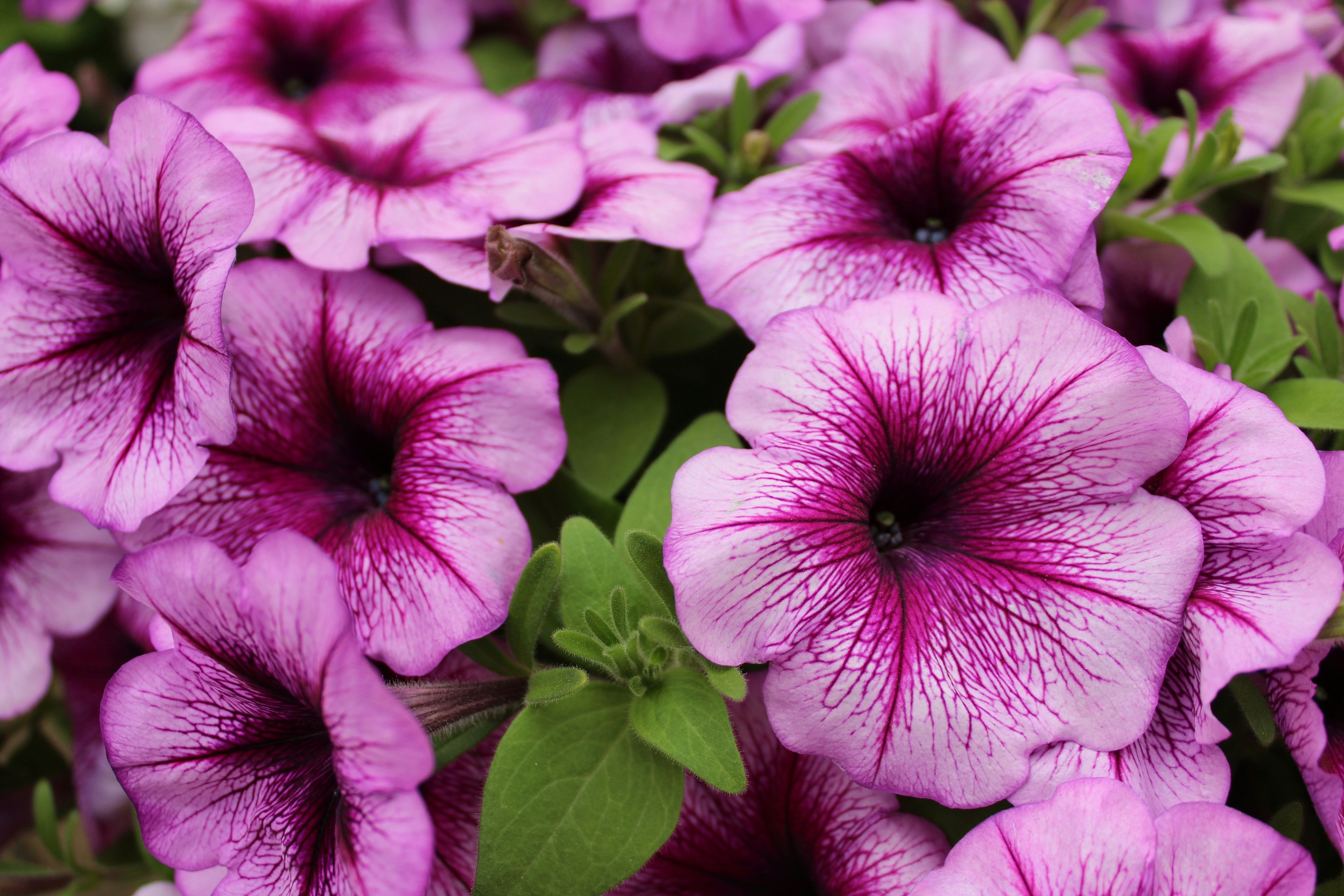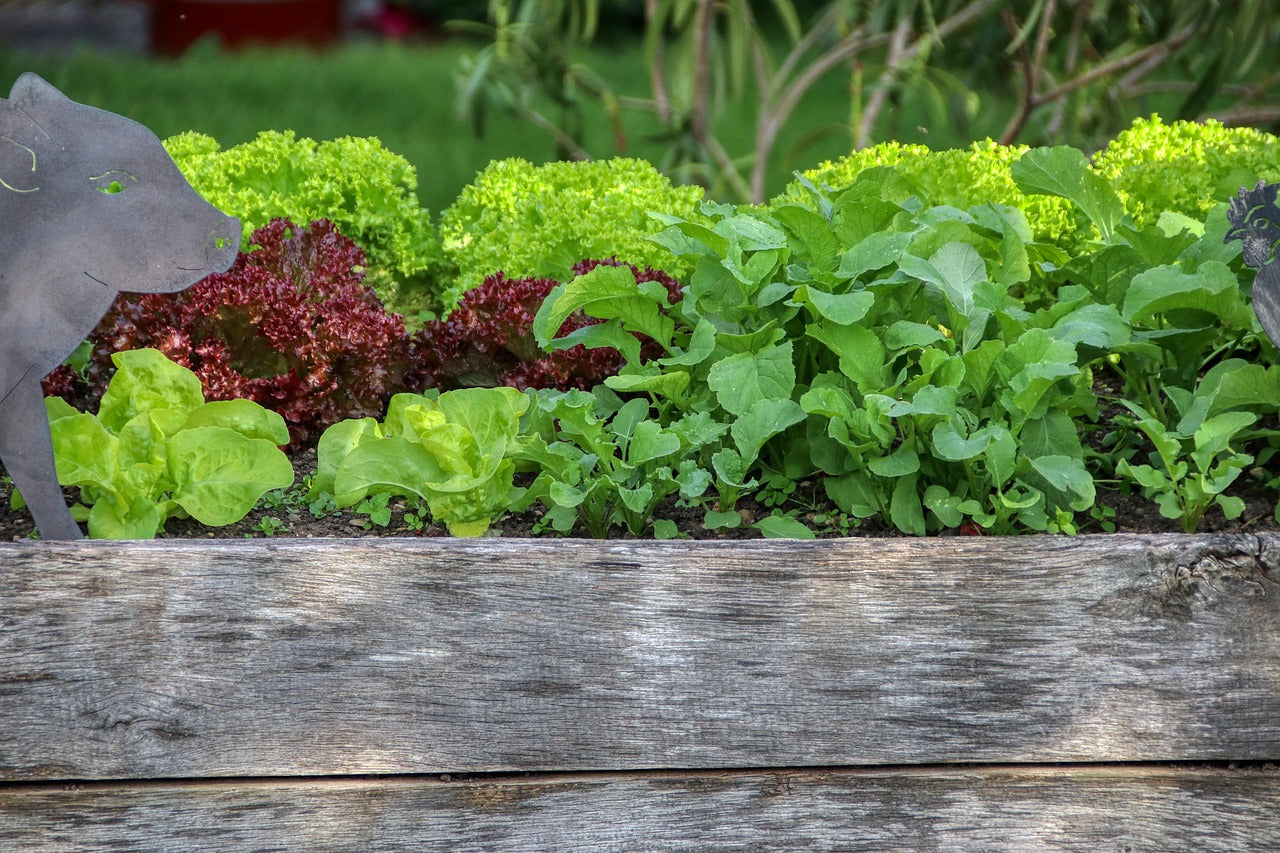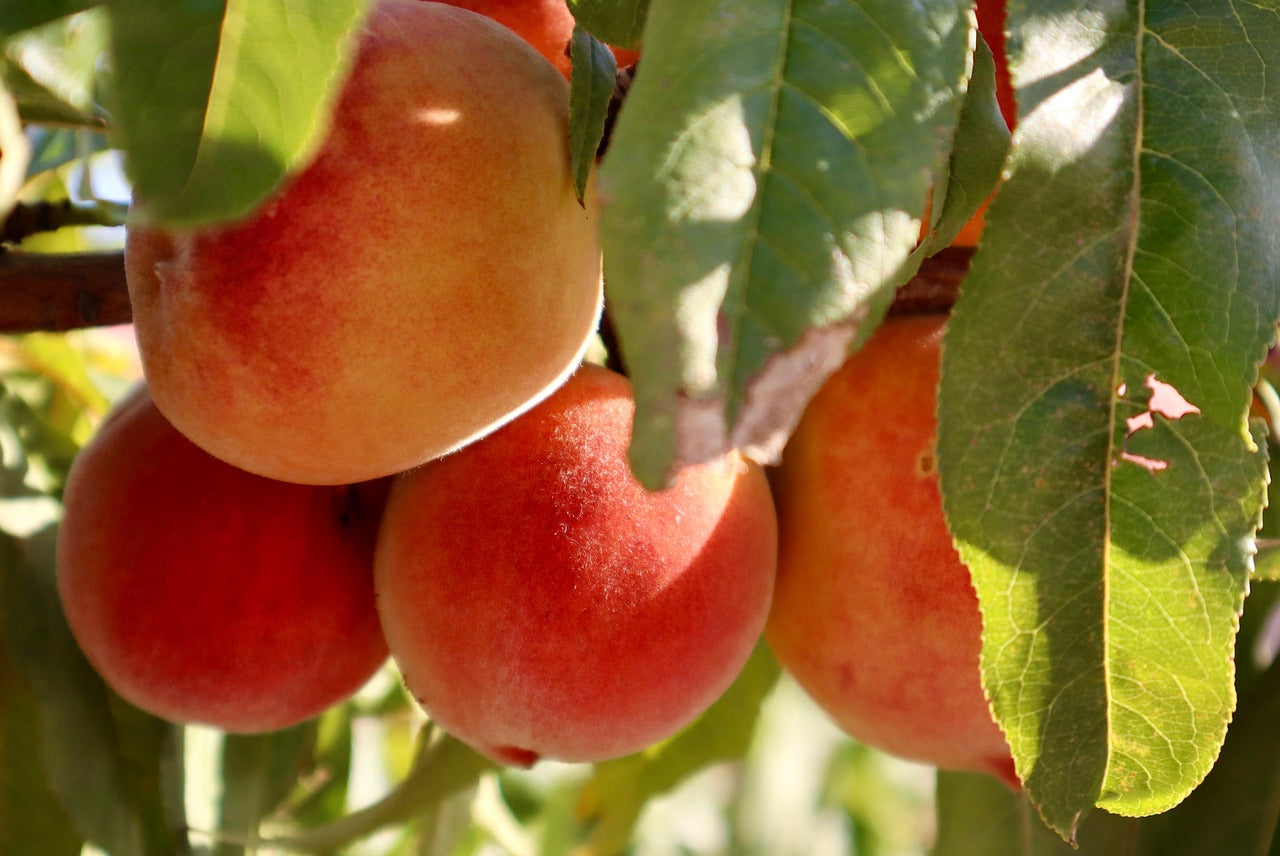Magnolias are one of our favourites in the winter garden. Their big, bright blooms bring lovely colour during a dreary time of year and provide a feast for the local Tui’s with their magnolia nectar.
If you’re considering adding a magnolia or two to your garden this year, check out our top growing tips below to get great tree growth and maximum flowering.

Planting
Plant in full sun to partial shade. Magnolias prefer slightly acidic, moist, loose, well-draining soil. To mimic magnolia’s natural conditions, amend heavy soil with peat moss and compost.
Magnolias need room to grow to their full mature size and width. While looking small when first planted, over time they’ll grow to fill up the space. Ensure you leave adequate space as per plant guide.
When planting, be sure to cut any roots that are circling the root ball. Magnolias have a tendency to girdle (or become rootbound) if the roots aren’t spread out.
Watering
Magnolias benefit from irrigation in the first few years, then they are tolerant of moderate drought.
Flowers
Some varieties of magnolia don’t bloom until 15 years old, so be sure to choose one that’s fits your needs and expectations. Grafted plants (rather than seed-grown) bloom sooner.
When to plant
Plant container-grown and balled-and-burlapped magnolias in autumn or spring. Plant field-grown or transplanted magnolias in early spring.
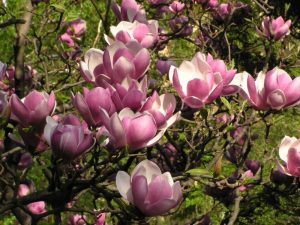
Fertilising
Don’t fertilise your newly planted magnolia until the second growing season. Then for the next three years or so, feed your magnolia with a balanced organic fertiliser every other month during autumn and winter.
Pruning & Supporting
If you want to prune or shape your magnolia, do it while the tree is very young since large branches don’t heal very well from pruning.
Use stakes and lines to stabilise your new magnolia since it will be top-heavy.
Troubleshooting
Magnolias are generally trouble-free, and in most cases, minor problems – such as scale or leaf spots – can be left untreated.
Magnolias are susceptible to bark damage and breakage, so avoid hitting them with the string trimmer or lawn mower.

